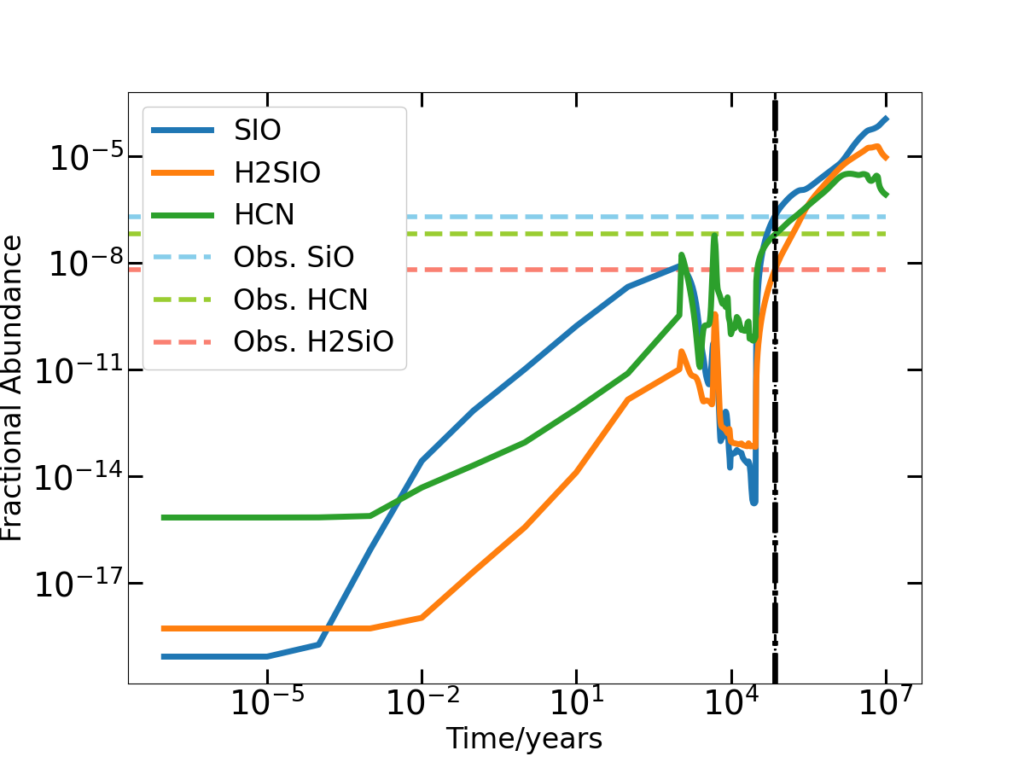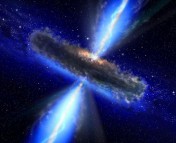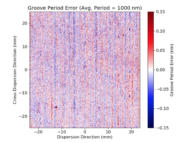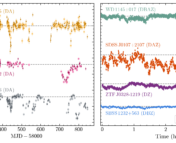The Undergraduate Research series is where we feature the research that you’re doing. If you are an undergraduate that took part in an REU or similar astro research project and would like to share this on Astrobites, please check out our submission page for more details. We would also love to hear about your more general research experience!

Pau Grèbol Tomàs
Universitat Autònoma de Barcelona
Pau Grèbol Tomàs is a Physics and Chemistry graduate at Universitat Autònoma de Barcelona (UAB) currently taking his first year of a MSc in Astrophysics at Universidad de La Laguna (ULL, Canary Islands). He spent the Summer 2021 doing an internship at Instituto Nacional de Astrofísica, Óptica y Electrónica (INAOE, Mexico) supervised by Dr. Arturo I. Gómez-Ruiz, where he modelled the chemistry in a protoplanetary nebula. These results were presented as a poster at the IAUS366.
Late in their lives, when intermediate mass stars have exhausted the fuel supply of helium in their cores, they will expand and evolve into cool, giant AGB stars. These stars eventually become a planetary nebula, where the outermost gaseous layers are ejected into space in pulses, leaving a small, bare carbon and oxygen core. In-between the last phase of an AGB star and a planetary nebula, these objects are known as protoplanetary nebulae. They are composed of an envelope containing low velocity molecules (less than ~20 km/s) with higher velocity molecules found in molecular jets. Extreme outflows are jets with ejection velocities surpassing 100 km/s and are thought to be an intrinsic feature of protoplanetary nebulae. Understanding extreme outflows and how they form can help us to create more accurate models for how AGB stars transition to planetary nebulae.
We initially studied the GMT radio spectrum of three protoplanetary nebulae: I19374, I16342 and I08005. I08005 stood out because of its feeble 13CO transition line and specific intense emission lines not seen in the other spectra. In this project, I aimed to analyse the spectral data from I08005 and to computationally reproduce it to determine its properties.
We identified the chemical species within I08005 using a radio spectrum from the GMT, finding HCN and a surprisingly high abundance of fast moving silicon-related species. I also ran several radiative transfer (RADEX) simulations to find density and temperature values which produce the observed intensity ratio of SiO rotational emission lines, finding I08005 to be quite cold and dense.
Finally, I used this information to model how the chemical abundance evolves using UCLCHEM. Initial abundances were identified from the literature and density and temperature values were set using the ranges found with RADEX. I let the model evolve for 107 years, keeping temperature and density constant over time. I ran several computations changing the initial temperature, density and abundance conditions. The time when the computed abundances match the observed values for HCN and the Si-related species, gives us the modelled age. We identified an age of 70,000 years old for I08005, as well as simulated a possible past and future evolution of its chemical abundances.

Astrobite edited by: Emma Foxell




